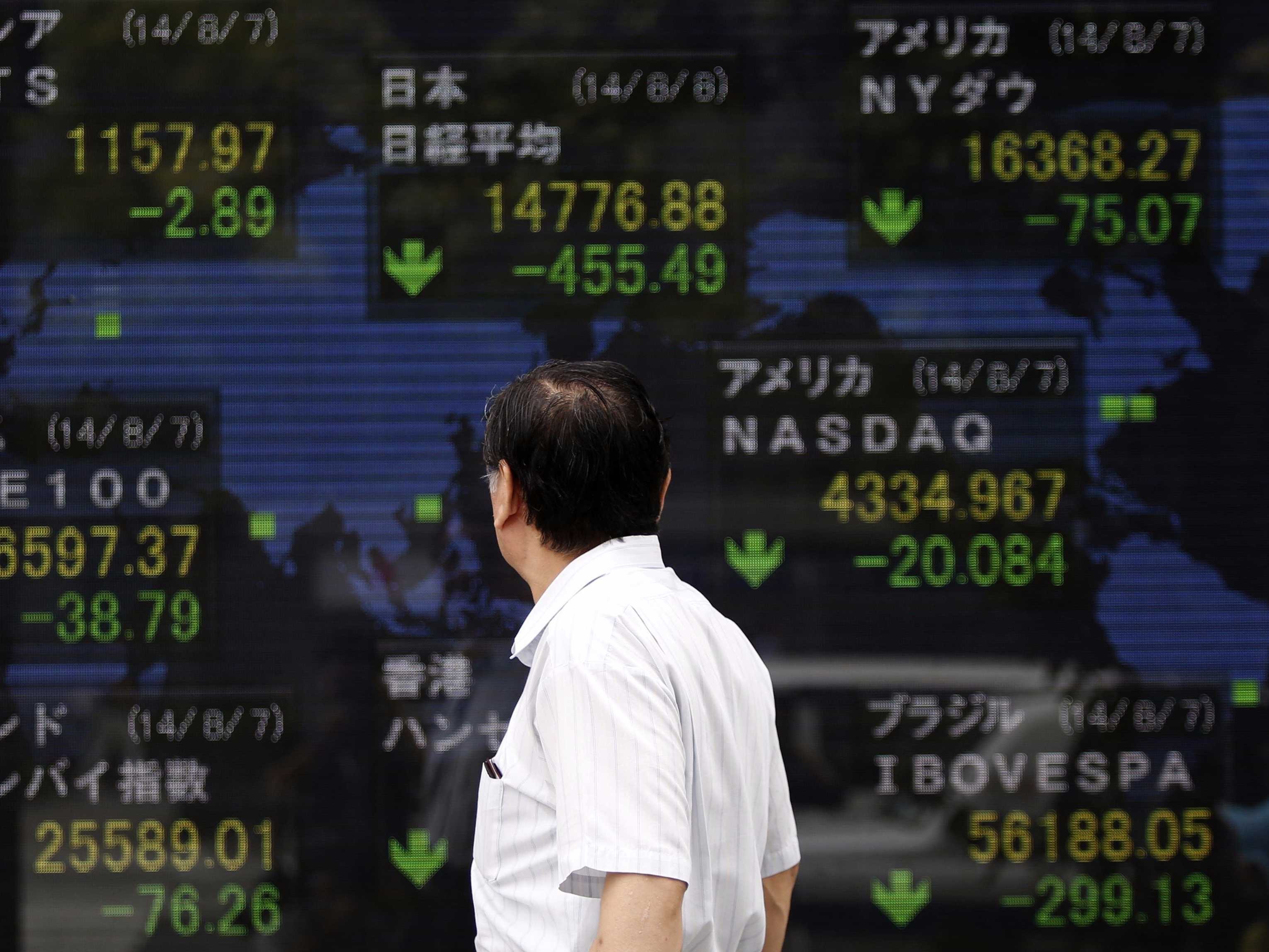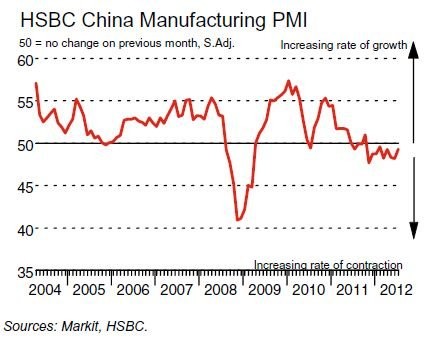Fears Of A Hard Landing Have Made These 5 Chinese ETFs Cheap Business Insider
Post on: 26 Апрель, 2015 No Comment

Recent Posts
On November 30th the broad-based China equity ETF, the SPDR S&P China (GXC), surged up by 6.2%, a marked contrast with the 21.6% decline over the January 1 to November 25 period. In this note we discuss the reasons for the underperformance this year of Chinese equities and their prospects for a return to outperformance in the coming months.
The Chinese economy charged ahead at an unsustainable 10.5% pace in 2010, sparking concerns of rising inflation and the risk of speculative bubbles, particularly in the housing sector. Policy makers responded with more than a year of restrictive policies that slowed the economy and created a credit crunch that has been particularly severe for medium and small firms and that only recently has led to a moderation of inflation.
Global investors as well as domestic Chinese investors appeared to fear that the restrictive policies would push the Chinese economy into a sharp slowdown, a “hard landing.” Adding to those fears was the evident global downturn in manufacturing, the ongoing financial crisis in Europe, and the predictions of some that the US also would experience a return to recession, a “double dip.” The Chinese economy has been affected more significantly by developments in Europe than has the US economy, because of the greater importance to China of manufacturing and trade with Europe. Investors are well aware of this and appear to have priced into Chinese equities a recession in Europe, a development we expect as well.
The Chinese economy clearly is slowing. GDP growth eased to a 9.1% annual rate in the third quarter, following a 9.5% rate in the second quarter. The widely watched purchasing manager’s index, or PMI ,
slumped to 49.0% in November. Any dip below 50% is considered a move to contractionary territory. We expect the slowdown to continue into the first half of 2012, with annual GDP growth next year falling to a
still-global-leading rate of around 8.5%. Growth should turn up in the second half, if not sooner, and will likely return to trend in 2013. There are downside risks to this forecast – a collapse of the Eurozone, a recession in the US – but neither of these is in our base-case projections.
Our forecast of a “soft landing” for the Chinese economy is based on the increasing evidence that Chinese economic and financial policies are becoming less restrictive and will likely become expansive in the near future, with increased outlays for infrastructure. Declining inflation is giving the monetary authorities some room for loosening. Yesterday’s (November 30) move to cut the required reserve ratio of large banks by 50 basis points (0.5%). followed by a week the lowering of the reserve ratio for 20 smaller, rural banks.
Yesterday’s move was likely intended to give several signals. To markets, it signaled a move to ease the credit crunch and support domestic liquidity. Moreover, it was not a coincidence that China made its announcement on the same morning that the other major central banks of the world announced their coordinated action to head off a liquidity crunch for European banks. China could not participate in the swap arrangements directly because its currency is not convertible. Its coincident move to support liquidity in China nevertheless can be seen as complementary to the efforts of the other central banks. China places great importance on the objective of easing the crisis in Europe.
While the soft patch in China’s economy will continue well into 2012, equity markets usually look to the future, and that future is looking brighter. We expect Chinese stocks to regain their relative strength in the coming months. Current valuations look attractive. The P/E ratio for the 172 Chinese firms included in the SPDR S&P ETF, GXC, is 10. In anticipation of improving performance, we have increased the China positions in our portfolios.

Investors have a large number of ETFs that can be used to obtain exposure to the Chinese market and/or its currency. According to the ETF Classification System of Index Universe (www.indexuniverse.com ), there are currently 29 China-related ETFs available on the US market – broad equity market, large-cap, small-cap, sectors, fixed-income, currency, leveraged, and inverse ETFs. We wish to use equity ETFs that
have a market capitalization of at least $100 million, and we do not use leveraged or inverse ETFs. That brings the investable universe down to just five: SPDR S&P China (GXC), iShares FTSI China 25 (FXI),
PowerShares Golden Dragon Halter(PGJ), Global X China Consumer (CHIQ), and Guggenheim China Small Cap (HAO). The ETF that was the first available, FXI, has by far the largest market share and hence is very liquid. It invests in the 25 largest Chinese firms traded on the Hong Kong Stock Exchange. This means it is a large-cap ETF; and because it does not include firms that trade on the US market via SDRs, it has more limited sector coverage; in particular, it includes no Chinese technology firms. It is heavily weighted towards large banks and energy firms. The broadest coverage is provided by GXC and PGJ. The
consumer sector ETF, CHIQ, and the small-cap ETF HAO focus on areas that are to receive particular attention in government policies going forward. We are currently using just GXC in our International and
Global Multi Asset Class portfolios but will monitor the development of other available ETFs, including the ones more recently launched and currently too small for us.














